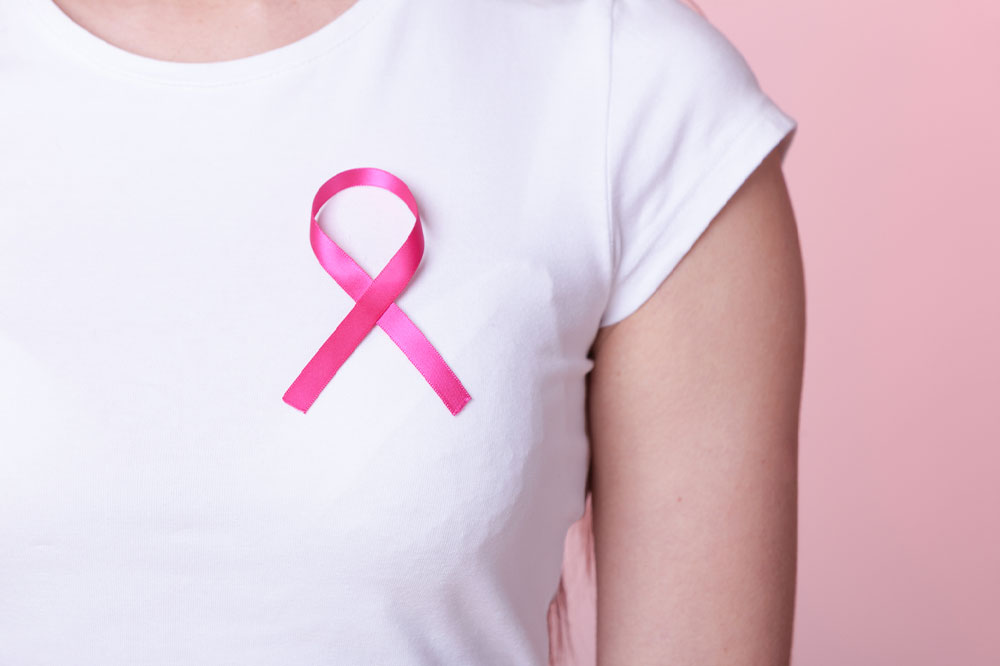Understanding Triple-Negative Breast Cancer: Causes, Symptoms, and Treatment Options
Discover comprehensive insights into triple-negative breast cancer, including causes, symptoms, stages, and modern treatment options. Early detection and tailored therapies are vital for improving survival rates. Learn about lifestyle factors, progression, side effects, and dietary recommendations to support recovery from this aggressive breast cancer subtype.

Every year, approximately 264,000 women and 2,400 men are diagnosed with breast cancer nationwide. Early detection and prompt treatment are crucial for successful recovery. Advances in medical science have led to improved therapies for breast cancer, including the particularly aggressive triple-negative subtype, which accounts for about 10-15% of cases. Read on to explore its causes, stages, symptoms, and available management strategies.
What is Triple-Negative Breast Cancer?
Triple-negative breast cancer (TNBC) is characterized by the absence of estrogen receptors, progesterone receptors, and HER2 protein overexpression in cancer cells. Unlike other breast cancers that thrive on these hormones or proteins, TNBC lacks them, making it more challenging to treat through hormonal therapies.
Typically, breast cancer cells grow when hormones like estrogen and progesterone attach to specific receptors, or when HER2 proteins prompt rapid cell division. TNBC tests negative for all three, requiring alternative treatment approaches.
Causes of Triple-Negative Breast Cancer
Genetic Factors: Inherited mutations, especially in the BRCA1 gene, significantly increase the risk. About 70% of women with BRCA1 mutations who develop breast cancer are diagnosed with TNBC.
Lifestyle Habits: A sedentary lifestyle has been linked to higher breast cancer risk, including TNBC.
Late Pregnancy: Women giving birth after age 30 face increased risk compared to those who have children earlier.
Hormone Therapy: Hormone replacement therapies can elevate the risk of developing breast cancers, including TNBC.
Vitamin D Deficiency: Low vitamin D levels are associated with increased vulnerability to breast cancer.
Age: Women under 50, especially premenopausal, are more prone to TNBC.
Recognizing Symptoms
Symptoms often resemble other breast cancers and include:
Changes in breast shape or size
Swelling or lumps in the breast
Pain in the breast or nipples
Inverted nipples or unusual nipple discharge
Skin changes, such as redness or dimpling
Stages and Outcomes
The progression of TNBC spans five stages:
Stage 0: Abnormal cells confined within the milk ducts or lobes.
Stage 1: Tumor limited to a single lymph node near the breast.
Stage 2: Spread to nearby lymph nodes in the armpit area.
Stage 3: Cancer extends beyond the breast to surrounding tissues but remains regional.
Stage 4: Cancer metastasizes to distant organs such as lungs, liver, or bones.
Effective Treatment Strategies
Lumpectomy: Removal of the tumor and nearby lymph nodes to assess spread.
Radiation Therapy: Post-surgical high-energy radiation targets remaining cancer cells, usually over six weeks.
Mastectomy: Complete removal of the breast, often followed by reconstruction options.
Chemotherapy: Systemic treatment used in advanced stages to destroy cancer cells and prevent recurrence.
Possible Side Effects
Nausea: Common during chemotherapy, managed with medications.
Fatigue: Temporary exhaustion post-treatment.
Skin Reactions: Redness or peeling in treated areas requiring proper care.
Lymphedema: Swelling caused by lymph node removal.
With medical advances, the five-year survival rate for localized TNBC is approximately 91%. Lifestyle and dietary modifications, such as consuming phytochemicals like folates, curcumin, sulforaphane, and genistein, can support recovery. Avoid processed foods, high sugar products, and excessive salt to improve overall health during treatment.
Note:
Information provided is for educational purposes only. Consult healthcare professionals for personalized medical advice and treatment plans.










